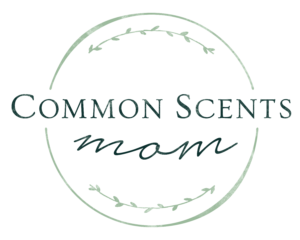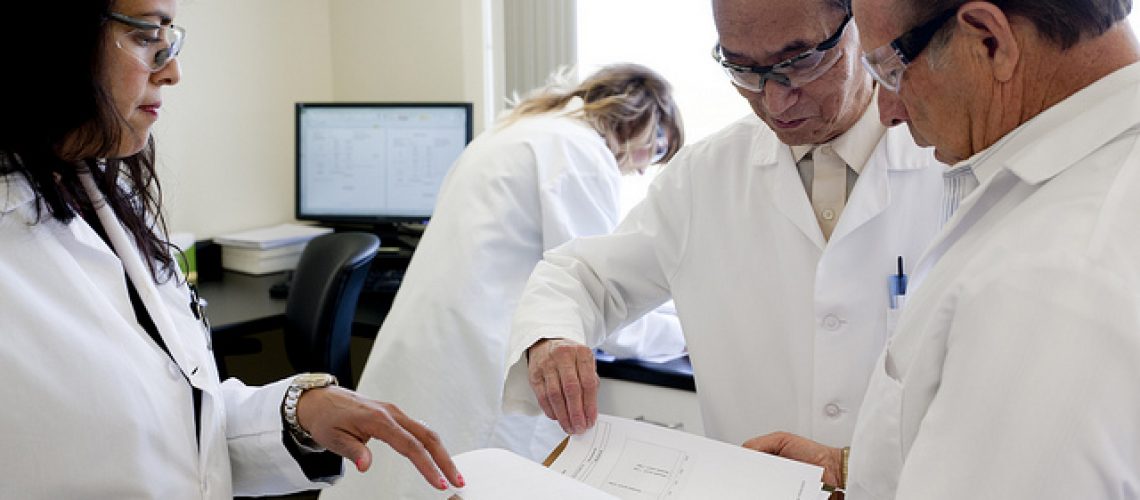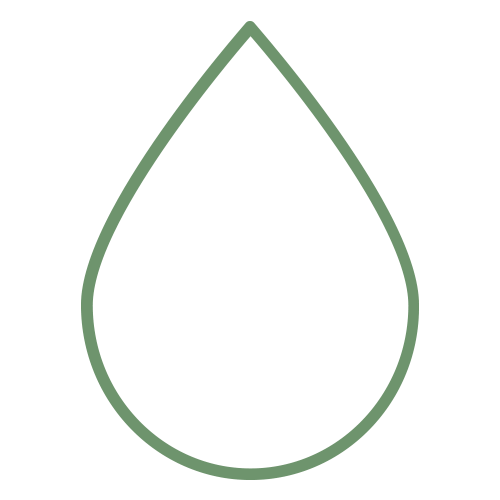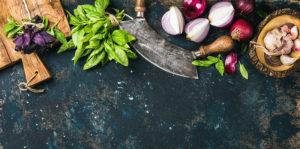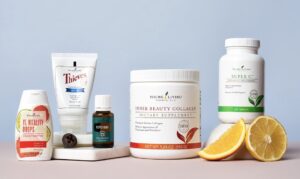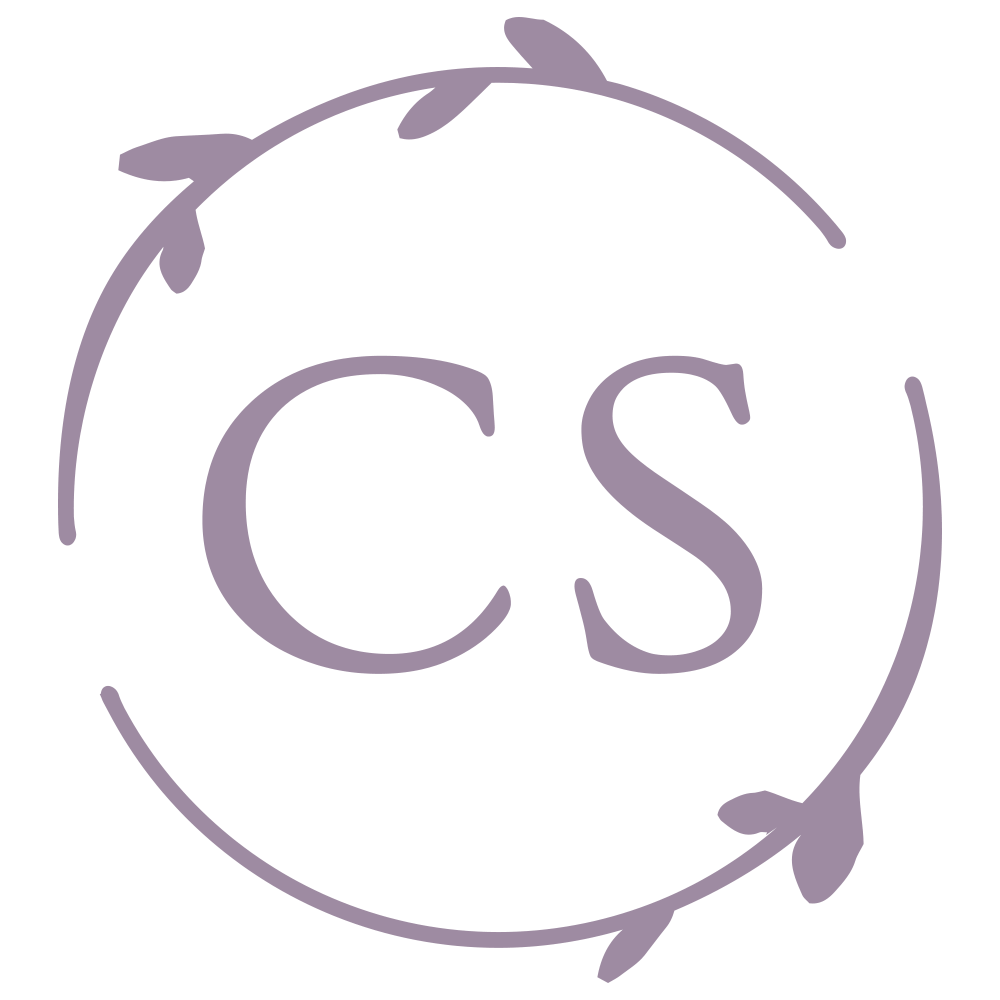Since the term “therapeutic grade” is not regulated by any independent group, how do you know who to trust? People throw the word around all the time. And what is the difference between the oils produced by Young Living and what I call “junk food” essential oils that claim to be “pure”?
The distinction is crucial, since 90% of the essential oils marketed today would not qualify as pure. To start with, not only is purity important, so is efficacy. Young Living produces oils that have an unusually high concentration of important constituents. You can’t get that without the type of guarantee Young Living provides in the precise, detailed process the Seed to Seal process.
 This process involves strict attention to detail from the time the seeds are sown into virgin soil to the day the nurtured plants are harvested, distilled, and bottled. It ensures that the oils Young Living provides are the purest and most potent essential oils on the planet! See the Seed to Seal website for more details.
This process involves strict attention to detail from the time the seeds are sown into virgin soil to the day the nurtured plants are harvested, distilled, and bottled. It ensures that the oils Young Living provides are the purest and most potent essential oils on the planet! See the Seed to Seal website for more details.
WHY YOUNG LIVING?
- For over 28 years, Young Living has set the standard for purity and authenticity.
- Young Living the oldest and most trusted essential oil company in the world and I wanted the very best or my family.
- All of Young Living’s products are sourced from either our own farms, or our carefully-vetted partner farms, and Seed to Seal-certified suppliers and we test it all extensively.
- If our exhaustive tests show that a product doesn’t meet our standards, it’s immediately rejected. Gary made that a standard procedure from the beginning.
Learn more at seedtoseal.com. Since essential oils are the concentrated essence of the plant, any contaminants in the soil or on the plant will become present in the oil. This is another reason why quality matters!
When we compare Young Living ’s essential oils with the type of “pure essential oils” available at health food stores, we find significant differences in quality and purity. For example, The Essential Oil Desk Reference tells us that:
“Pure frankincense is often extended with colorless, odorless, solvents such as diethylphthalate or dipropylene glycol…unfortunately, a large percentage of essential oils marketed in the United States fall in this adulterated category. When you understand the world of synthetic oils, as well as low-grade oils cut with synthetic chemicals, you realize why unsuspecting people with their untrained noses don’t know the difference…
“Anyone venturing into the world of serious essential oil usage must use the highest quality oils available. Inferior quality or adulterated oils most likely will not produce therapeutic results and could possibly be toxic.”
We want oils that WORK!
In her book, Their Leaves for Healing: The Divine Gift of Plants That Heal, Elizabeth Flores writes that:
90% of what is sold in the United States as ‘pure’ essential oil is fragrance-grade and diluted…These oils are found on the shelves of many health food stores and at online discount houses.
Questions to Ask
When trying to decide which quality of oils to buy, these are some of the questions that need to be asked (taken from The Essential Oil Desk Reference):
- Are the fragrances delicate, rich, and organic? Do they “feel” natural? Do the aromas vary from batch to batch as an indication that they are painstakingly distilled in small batches rather than industrially processed on a large scale? (Think fine wine.)
- Does your supplier subject each batch of essential oils through multiple chemical analyses to test for purity and therapeutic quality?
- Does your supplier grow and distill its own organically grown herbs?
- Are the distillation facilities part of the farm where the herbs are grown (so oils are freshly distilled), or do herbs wait days to be processed and lose potency?
- Does your supplier use low pressure and low temperature to distill essential oil so as to preserve all of their fragile chemical constituents? Are the distillation cookers fabricated from costly food-grade stainless steel alloys to reduce the likelihood of the oils chemically reacting with metal?
- Does your supplier personally inspect the fields and distilleries where the herbs are grown and distilled? Do they verify that no synthetic or harmful solvents or chemicals are being used?
- Do your essential oils meet AFNOR or ISO standards?
- How many years has your supplier been doing all of this?
- Do your essential oils have a shelf life of just a few years? [If so, this means they are probably mixed with a fatty oil that will eventually go rancid.]
- Do your essential oils come from an edible plant, yet have a warning on them not to take them internally? [This is a huge red flag!]
“Here is an example of the importance of precise timing during distillation. Cypress has 280 known chemical constituents, and all 280 constituents must be present for Cypress to have [the appropriate] potency. If it is distilled for 20 hours, only 20 of the 280 properties are released. If distilled for 26 hours, none of the properties are released. Most Cypress available in the US market is distilled for about 3 1/2 hours. The correct length of time for distilling Cypress is 24 hours, releasing all 280 properties.” Debra Raybern
Taken from the Bio/Tech News newsletter:
About 98% of essential oils produced in the world today are not intended for serious, therapeutic use. Most are produced for the perfume, cosmetics, and food industries. Therefore, criteria like purity, potency, organic, etc. are not important for these uses.
Because the raw materials and the extraction process for Therapeutic Grade Essential Oils are so expensive, many oils on the market have been cut, diluted and adulterated in various ways. Sad to say, some marketers bottle these poor quality oils and sell them for therapeutic purposes to unsuspecting consumers.
A Therapeutic Grade Essential Oil is more than a “certified organic” oil. It is an oil that is complete in the makeup of its constituents, having the fragrance, frequency, and chemistry that are necessary to give it all of its unique, potent effects.
As we have already mentioned above, a quality, Therapeutic Grade Essential Oil is chemically complex and all of its sometimes fragile components need to be present after distillation of the final product. This requires not only a lot of understanding of the makeup of the oil on the production side but also a great deal of time and expense to care for the proper species of plant.
To insure proper potency, plants should be grown on virgin land, uncontaminated by chemical fertilizers, pesticides, fungicides or herbicides and away from pollution sources. The plant materials must be kept free of petrochemical herbicides and pesticides, since these can react with the essential oil during distillation.
The soil should be conditioned with enzymes, trace minerals, and organic bio-solids, since plants lacking in certain minerals and nutrients yield oils low in therapeutic value. Irrigation should be done with reservoir, watershed or mountain stream water.
Plants need to be harvested at the proper time of the season to insure highest potency. Sometimes even a few hours can make the difference. For example, German Chamomile needs to be harvested in the morning since it then yields an oil with far more azulene than when it is harvested later in the day.
The steam distillation method of extracting the oils from the plants requires careful and proper low temperature and pressure monitoring. Too high of temperature or too much pressure can be deleterious to the fragile aromatic molecules of the plant. In addition, batch sizes need to be kept small and the distillation chamber must be made out of food-grade stainless steel instead of copper or aluminum to avoid reactions with the oils.
Producing pure, Therapeutic Grade Essential oils is a costly venture. The methods required are time-consuming and labor-intensive, and it often requires several hundred, sometimes even thousands of pounds of raw plant material to produce a single pound of essential oil. For example, it takes 5,000 pounds of rose petals to produce one pound of rose oil, and it takes three tons of Melissa to produce one pound of oil.”
More Questions to Ask
While comparing companies, consider using Dr. David Stewart’s* handy list of questions:
12 Questions to Ask an Essential Oil Company
- Does their company own any farms on which to raise herbs for oils? And if they do, are they new farms on land formerly polluted with herbicides, pesticides, and chemicals that contain residuals from the past, or are they farming land that is clean, which has never been cultivated or has been untilled for at least the last 50 years?
- Does their company have their own fully equipped testing laboratory to verify an oil’s composition?
- Do they have anyone on staff with a trained nose who can analyze oils by their smell? (There are less than 200 people in the world with noses sufficiently trained to discern the chemistry of a fragrance.)
- If their company purchases oils from outside suppliers, do they visit the distilleries and farms of those suppliers periodically to observe if the herbs are grown organically, i.e. without pesticides, herbicides, or chemical fertilizers?
- Do they know if the grower has a testing laboratory on the farm to determine when the crop is at its peak for oil harvesting?
- Do they know if the crops were actually harvested at their peak time and, if so, was there an inordinate delay in taking them to the still and into the cookers?
- Do they know if their distillery personnel understand the art and science of distilling, exactly how to pack the cookers, how to administer the steam, how to maintain minimum temperatures and pressures throughout the cooker, and how to continuously monitor the process throughout distillation to make sure the oil produced contains all of its components in the proper proportions?
- If their supplier makes a mistake in the distillation or harvesting processes that results in an inferior grade of oil, does that supplier sell the oil anyway or do they discard it?
- Do they know if the the cookers in the distilleries of their suppliers have domed lids or cone shaped lids? Most stills use dome-shaped lids. Cone topped cookers deliver a better grade of oil than dome tops.
- Do they know if their suppliers supplement the distillation process with solvents to extract additional oil from the plant matter?
- Do they know if their suppliers bottle their oils directly from the distillery without modifying the composition of the natural oil by adding anything or taking anything away?
- Do they know if their company has tested their company’s oils side by side with Young Living oils in the same lab to make a fair comparison? And if so, where is the data?
*Dr. David Stewart is an Executive Officer and Co-founder of the Center for Aromatherapy Research and Education (CARE International), and the author of Healing Oils of the Bible
